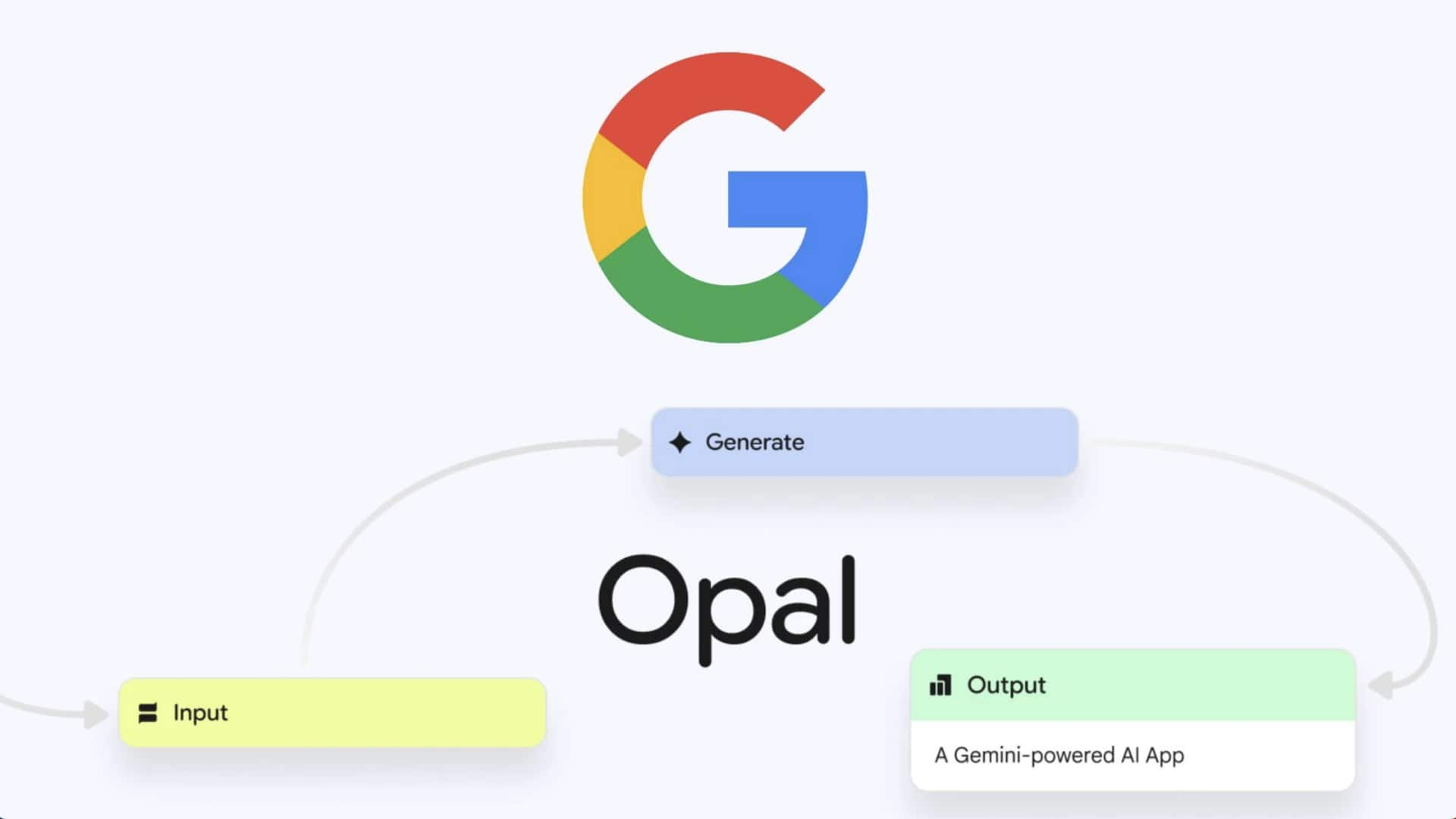
Opal, Google's vibe-coding app, now available in India
What's the story
Google has launched its experimental app development tool, Opal, in India and 14 other countries. The AI-powered platform was first introduced in the US in July and lets users create mini web apps just by typing out their requirements. The move is part of Google's plan to democratize app creation and make it accessible to non-coders. The company said it was surprised by how quickly users started using Opal for complex, practical apps, leading to this global expansion decision.
Tool features
How Opal works
Opal works by letting users describe the app they want to build in plain language. It then uses different Google AI models to create a working prototype. The editor panel opens after the prototype is generated, displaying a visual workflow that can be customized by editing steps, tweaking prompts, or adding new processes through the toolbar. This user-friendly approach makes Opal a strong competitor to no-code solutions from Canva, Figma, and Replit.
Tool upgrades
Upgrades to Opal
Along with the global rollout, Google is also introducing key upgrades to Opal. These include an improved debugging process that provides immediate feedback by displaying errors exactly where they occur in the workflow. The visual editor now lets users step through their workflow or adjust specific stages, making troubleshooting easier. Further technical improvements have also been made to speed up app creation and make it more seamless for users worldwide.
Tool efficiency
Performance improvements for faster app creation
Google has also improved Opal's performance and speed with foundational changes. The company claims that app creation is now quicker and more seamless for users worldwide. In addition to faster creation, Opal now supports the execution of workflow steps in parallel. This is particularly useful for those designing apps with complex, multi-step operations as simultaneous processing reduces wait times and allows more intricate app structures.